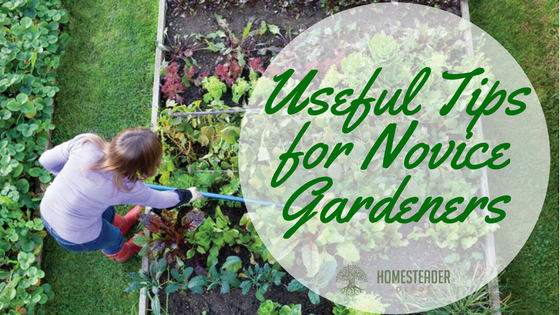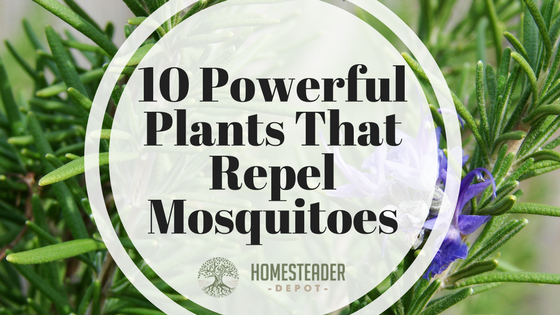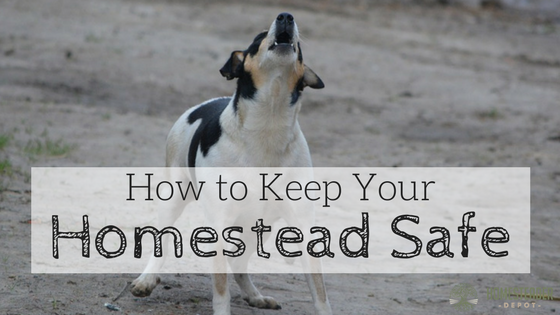Gardening Tips From Seasoned Gardeners
When you just get started with gardening, it can be easy to feel very overwhelmed! As a beginner, there’s so much to learn, and so many ways things can go wrong. But never fear–you can learn from those who have gone before you. We’ve got some great tips for beginner gardeners to help you … Read more








